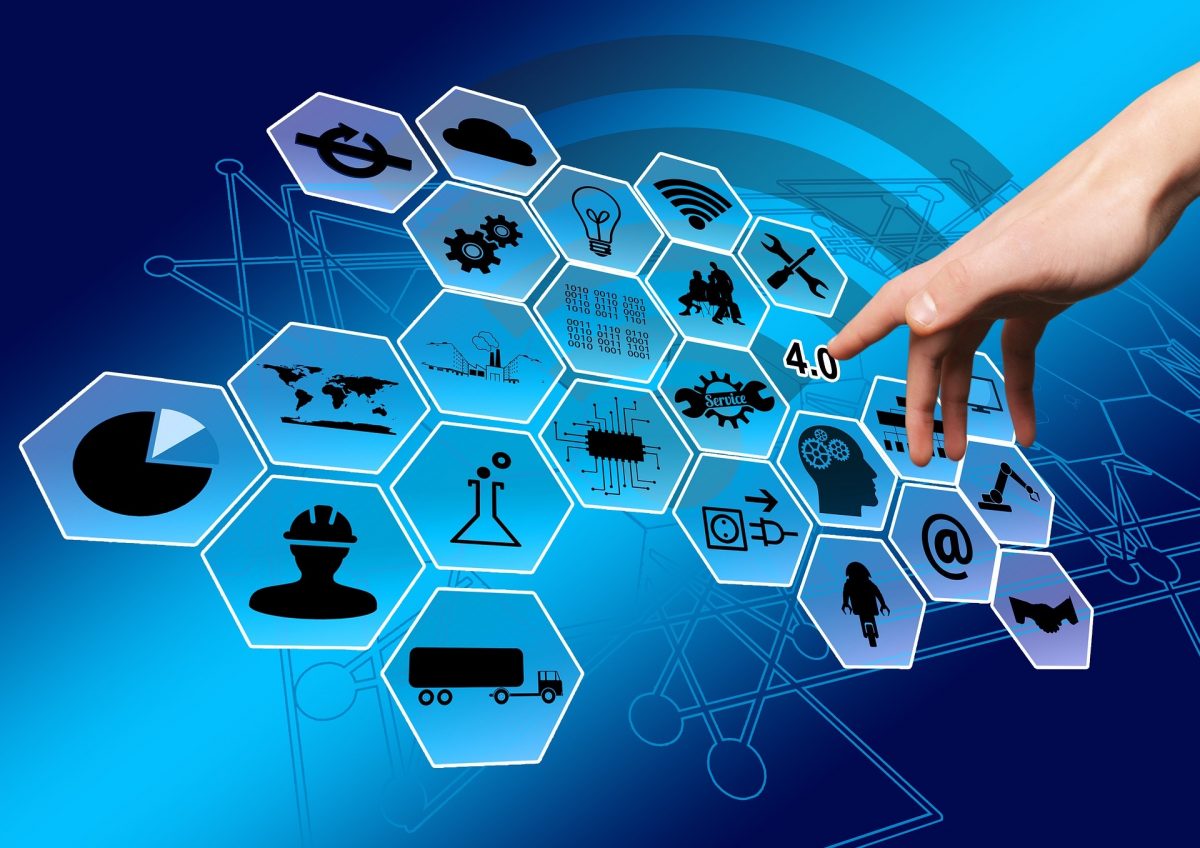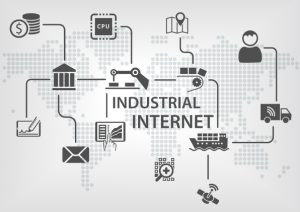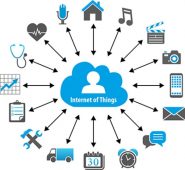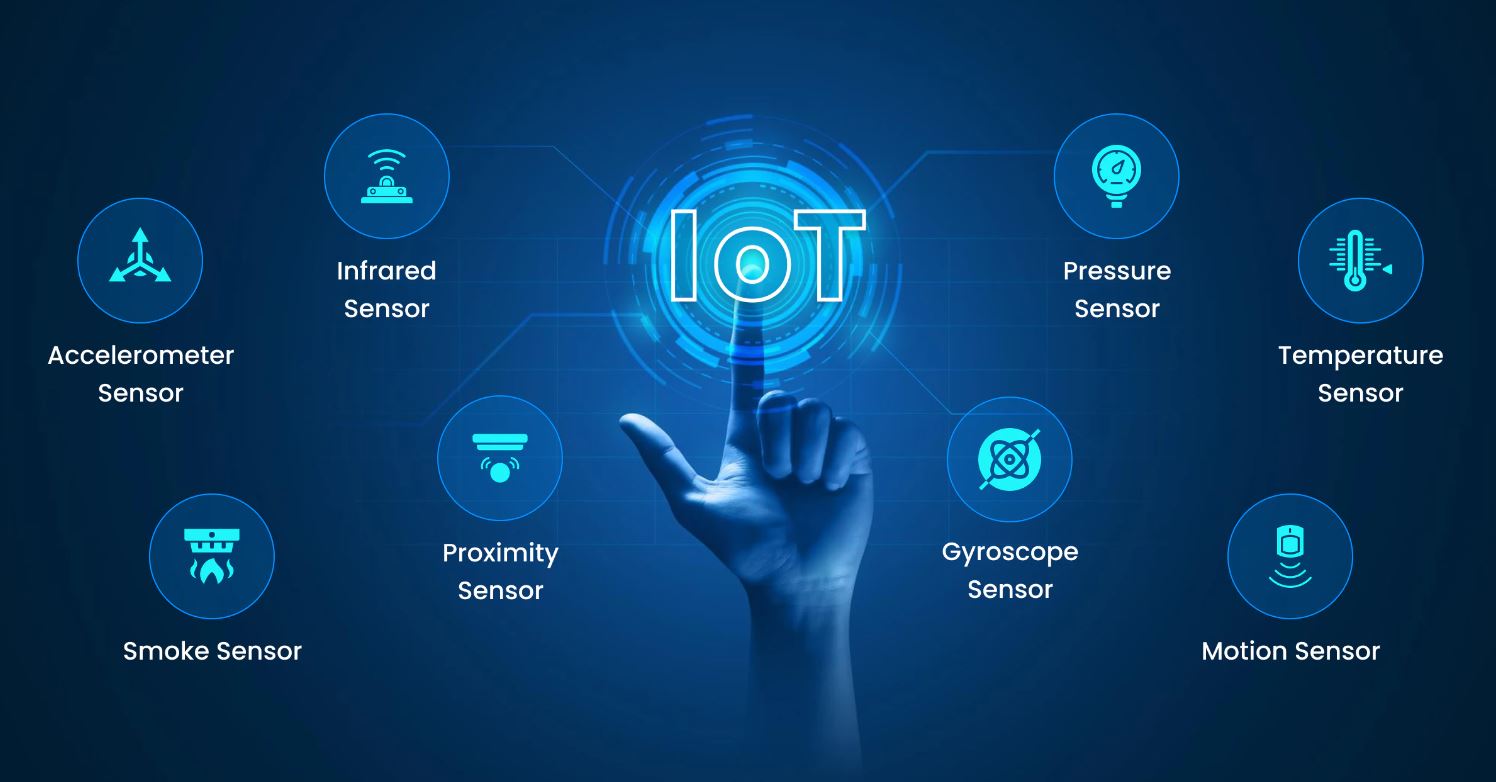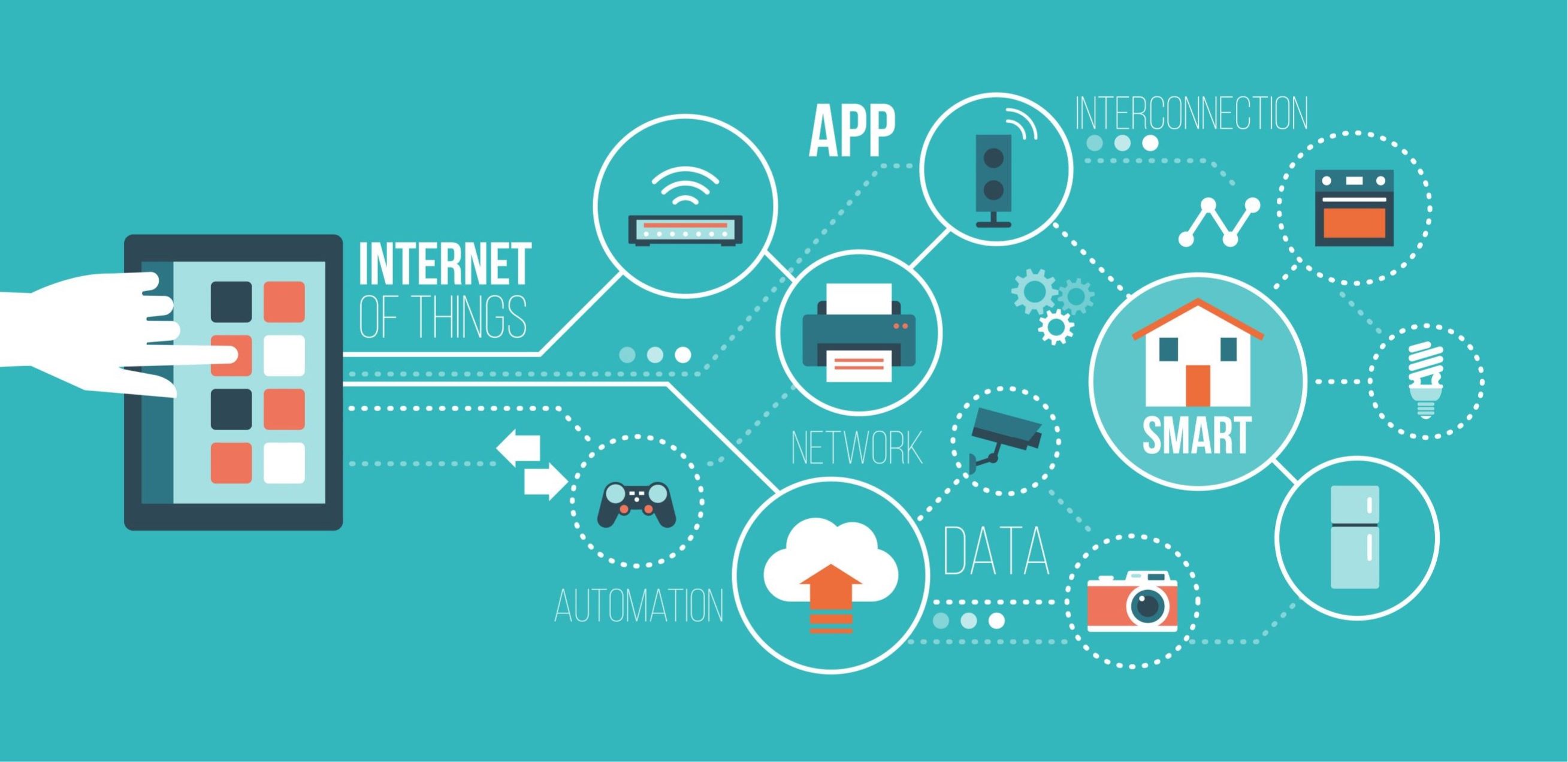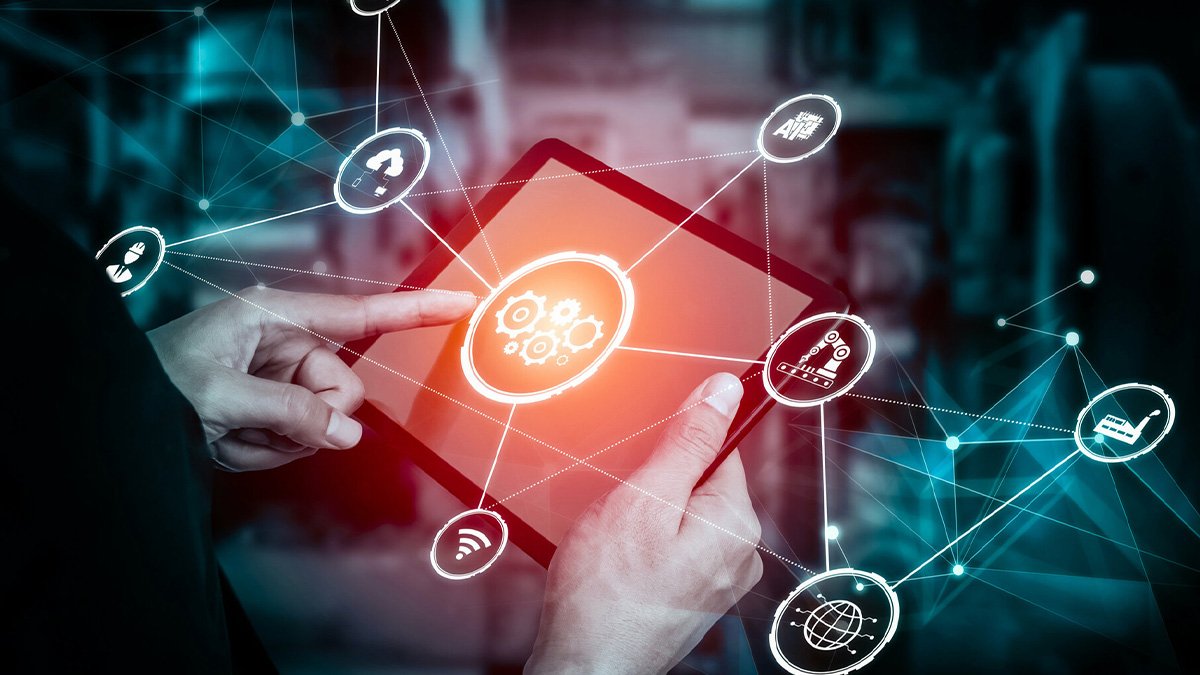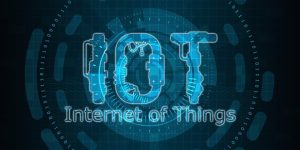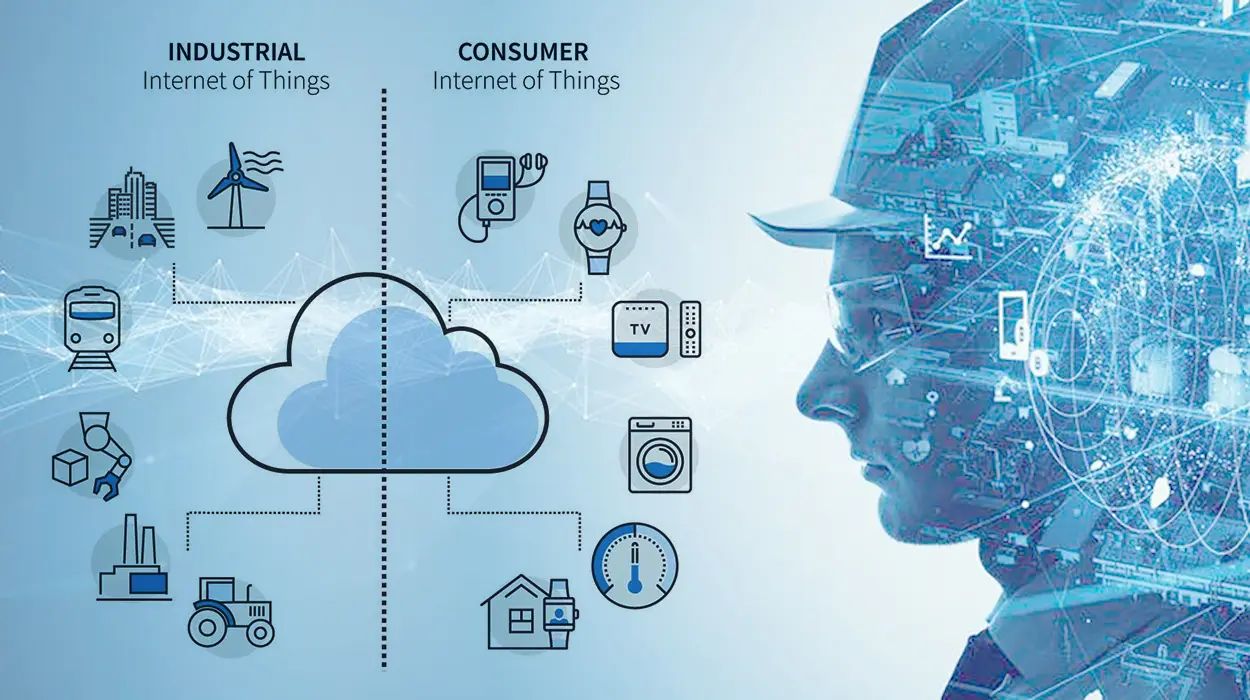The 10 most promising internet of things solutions in 2020 might just revolutionize the way you live. But before we go into detail, let’s get an overview of the subject of IoT solutions and products.
To make things a bit simpler to understand, the Internet of Things products have sensory chips embedded within them that transmit data on its operations and performance.
So, is IoT solutions and products in the future? Well, some experts do think so. In fact, we are moving closer and closer to that possible reality with the rate of technological advancement. Devices nowadays are gathering data on a massive scale.
As with most technological innovations, understanding how they work can be a daunting challenge. But fret not, in this article we will go into the rising popularity of the internet of things as well as provide the 10 most promising internet of thing solution in 2020.
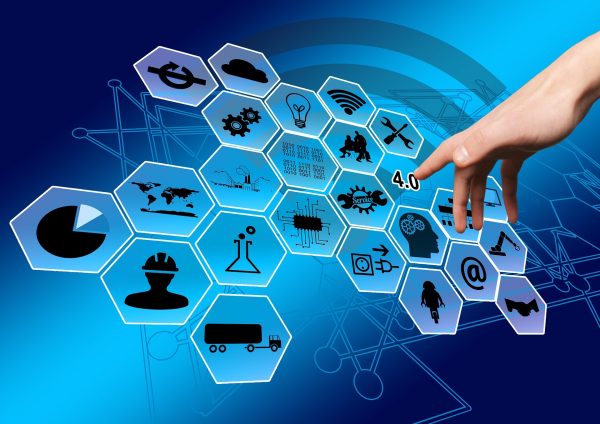

The rising popularity of IoT Products and Solutions
First described in the early 2000s, the Internet of Things products has become increasingly popular. For example, Nest Smart Thermostat uses the internet of things technology that collects and analyzes data that adjusts the temperature based on its user’s behavior.
Through the internet of things technology, information systems can determine and capture data that is relevant on their own. Secondly, the Internet of Things solutions can improve decision making. Thirdly, the Internet of things solutions can help reduce waste by learning behaviors and collect data to customize the optimal resource input and output.
The example above is by no means an exhaustive list as the potential for the internet of things solutions far exceed what we can fathom. In addition, IoT solution providers have already entered the market. These companies such as Vates, VironT and StyleLab are paving the way for the industry. To really bring the point across, Iot sensory manufacturers are finding their niche and making an IoT centric future possible. Companies like Abintra have passive infrared which detects not only motion but body heat while CoWorkr is focusing on real-time and high-resolution solutions for workplace analytics and occupancy data.
As such, the internet of things products and solutions are getting closer to us and it is best to learn more about them.
Up next, we have a list of popular industrial internet of things solutions and its various applications.
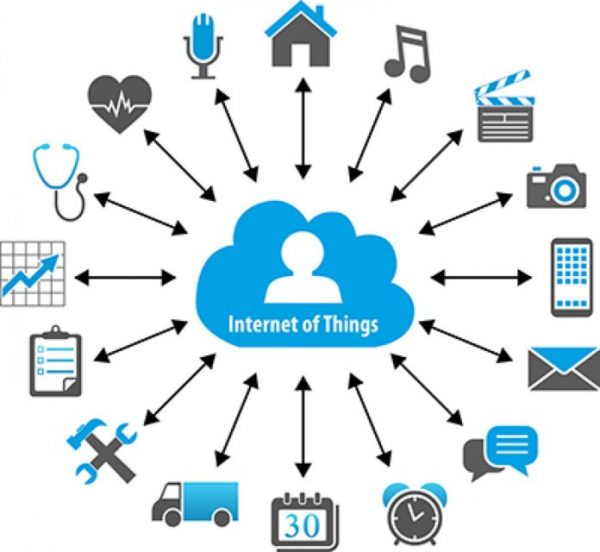

IoT Solutions
The potential solutions IOT can bring to the industrial level are as varied as they are as innovative. Therefore, we will be breaking down the list into 3 broad categories. They are namely; data solutions, computing and, production.
Data Solutions
LPWANs (Low Powered Wide Area Networks)
This is an IoT solution that deals with the transmitting of data using a cost-effective and efficient framework. Currently, there is a challenge to facilitate the sharing of information across industrial systems that have the tendency to behave like independent silos.
As such, remote and distant areas will require an IoT solution such as LPWANs that can bring dependable connectivity to difficult industrial location. As an IoT product and IoT solution, LPWANs is touted as a wireless innovation that facilitates IoT enabled communication across assets. The result of successfully implementing this IoT solution will mean industries will benefit from cost-effective, long-range, deep penetration and low power data connectivity. This, in turn, will benefit consumers as these companies can pass down the cost savings across the production line.
Interoperability
Interoperability among IoT devices involves different devices interacting and sharing data among each other within a network to produce insightful and actionable information. Therefore, interoperability among IoT products will generate massive amounts of value for both manufacturers and consumers. For this innovation to work, different systems or at the very least parts of different systems must be able to interact and function with each other. This should happen regardless of manufacturing source or technical requirements.
Under this ecosystem of IoT products, the sensor of the internet of things must is enough to enable IoT devices to interface and exchange data for network analytics. The result of interoperability as an IoT solution would mean synergizing of IoT products where the network is greater than the sum of all the parts of its parts. However, as fantastic as this IoT solution sounds, it’s innovativeness will be lost if implementation becomes a roadblock.
Communications Security
The above-mentioned innovations will bring about greater efficiency and value towards consumers and manufacturers. However, with innovations comes risk. As technology improves, malicious individuals and entities will inevitably try to exploit the network for nefarious intentions. This can range from data theft to the hijacking of devices. Therefore, improved IoT solutions for security must be developed and implemented together with IoT solutions.
Since cybercriminals are able to compromise IoT devices and networks through touchpoints, end to end security throughout the IoT network should be in place for such an attack. IoT solutions for security measures can come in the form of advanced encryption standards (AES) and transport layer security (TLS). AES serves as an open encryption standard while TLS functions as an application layer protocol to secure web communications.
In addition, security best practices should be implemented to further enhance the internet of thing product security. These internets of things best practices can come in the form of a hardware-based root of trust, small trusted computing base, defense in depth, compartmentalization, certificate-based authentication, renewable security and failure reporting, just to name a few.
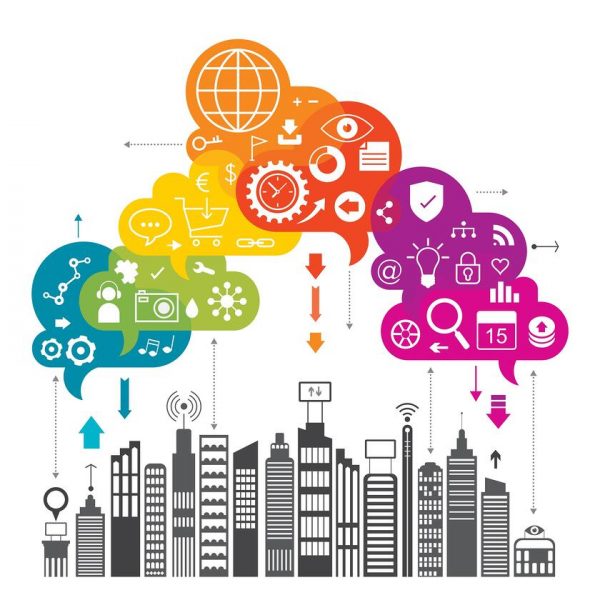

Computing
Edge Computing
Anticipation for IoT products and IoT solutions have raised an important question. How will the massive amount of data collected from the sensors of the internet of things devices be processed?
If data management and analysis are performed on the cloud level then organizations will be facing huge pressures to meet the data demands of IoT products and IoT solutions. This is where edge computing comes in. Edge computing functions as an infrastructure level technology to facilitate the process of data collection and analysis. Instead of having data managed at the cloud level, edge computing will collect and analyze data close to its source.
Computing Operations
IoT operations are expected to improve productivity and reduce costs through an IoT solution called digital twins. When discussing the subject of IoT solutions, digital twins represent a virtual image of physical assets and processes. These digital twins are created to identify physical problems faster and anticipate outcomes more accurately.
Custom Software Development
IoT solutions can enable mass customization through data management.
The IoT solution, therefore, is also an analytical solution that has the ability to optimize processes for manufactures. Through this innovation, specific needs and demands can be achieved while retaining automation. Examples of this type of IoT product implementation will be custom software developments.
Production
Warehousing
IoT solutions can take the analytics away from human resources thereby allowing the human element of production to focus more on decision making and critical thinking. IoT products and solutions are able to use sensors to take massive quantities of information and process it autonomously. Thus, IoT products and solutions will make the job of warehousing inventory more efficient and effective for companies.
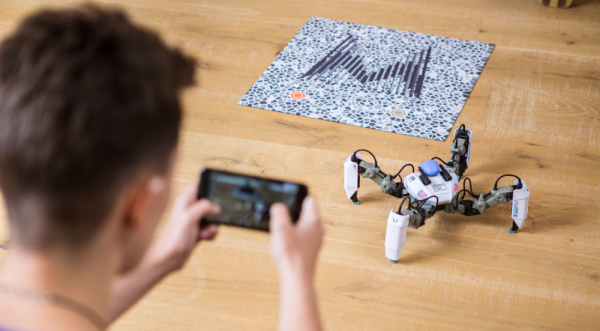

Robotics
Another innovative way the internet of things can help improve processes at the industrial level is through robotics. With IoT sensors and cloud computing, hundreds of robots can collect and share input through the network. In addition, robotics together with IoT sensors will be able to coordinate the production of complex items much more accurately.
Manufacturing
Internet of things solutions can increase the volume of connected sensors from various touchpoints. This enable once isolated manufacturing silos to share information and generate insights through data analytics. One such advantage will be the above-mentioned predictive maintenance which reduces downtime by anticipating and replacing parts before they breakdown.







